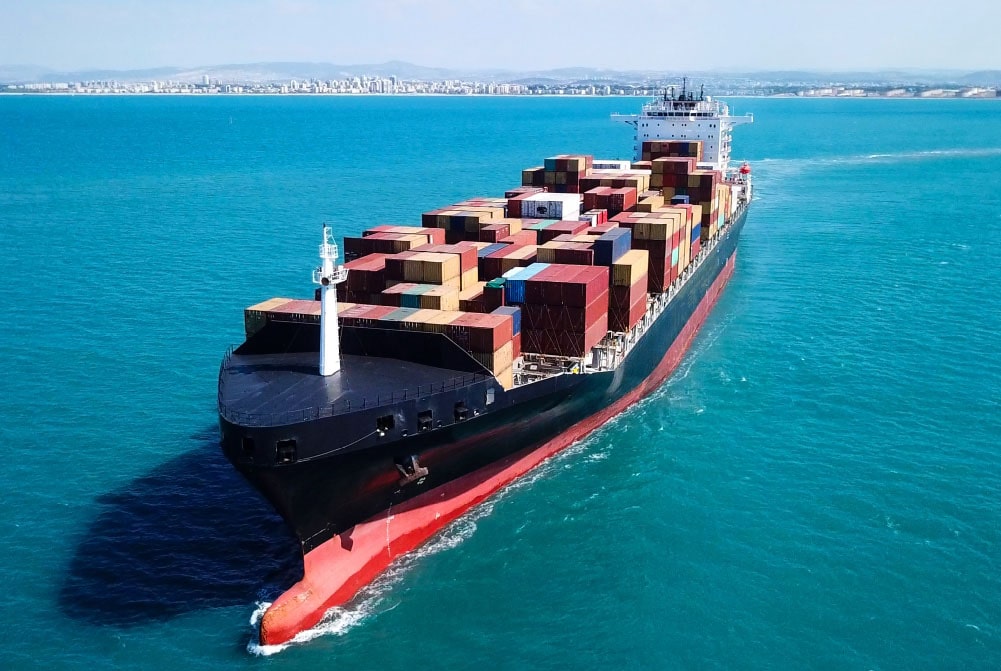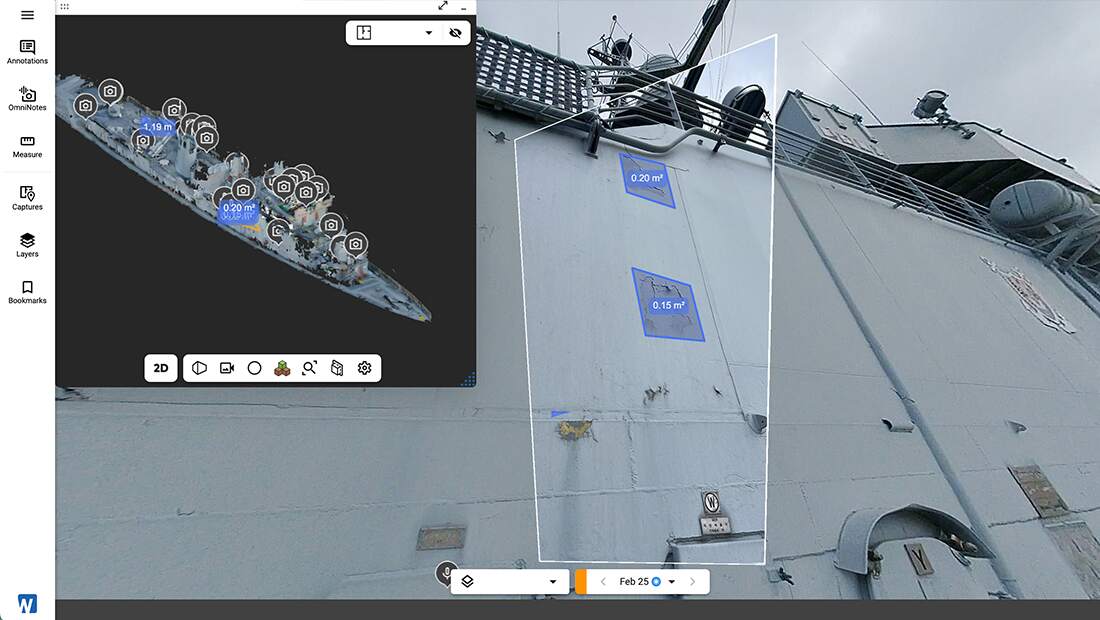
Maritime vessels are vast, complex assets with thousands of components spread across multiple decks and compartments. Maintenance teams must track and document equipment conditions while meeting strict regulatory requirements from classification societies. Digital twin technology is transforming how shipping companies maintain vessels by enabling digital documentation and remote collaboration.

